Akita Training and Obedience: Mastering the Art of Canine Discipline
Welcome to our comprehensive guide on Akita training and obedience! In this article, we will delve into the world of Akita dogs, exploring their unique characteristics, temperament, and specific training techniques that will help you establish a strong bond and effective communication with your loyal companion. Whether you are a first-time Akita owner or looking to refine your training approach, our expert insights will set you on the path to success.

Understanding the Akita Breed
Before we dive into the nitty-gritty of training, it’s crucial to comprehend the essence of the Akita breed. Akitas are majestic and powerful dogs with a rich history rooted in Japan. They were originally bred for guarding and hunting, making them inherently protective and independent. While they possess unwavering loyalty and affection for their family, they can be aloof with strangers, requiring proper socialization from an early age.
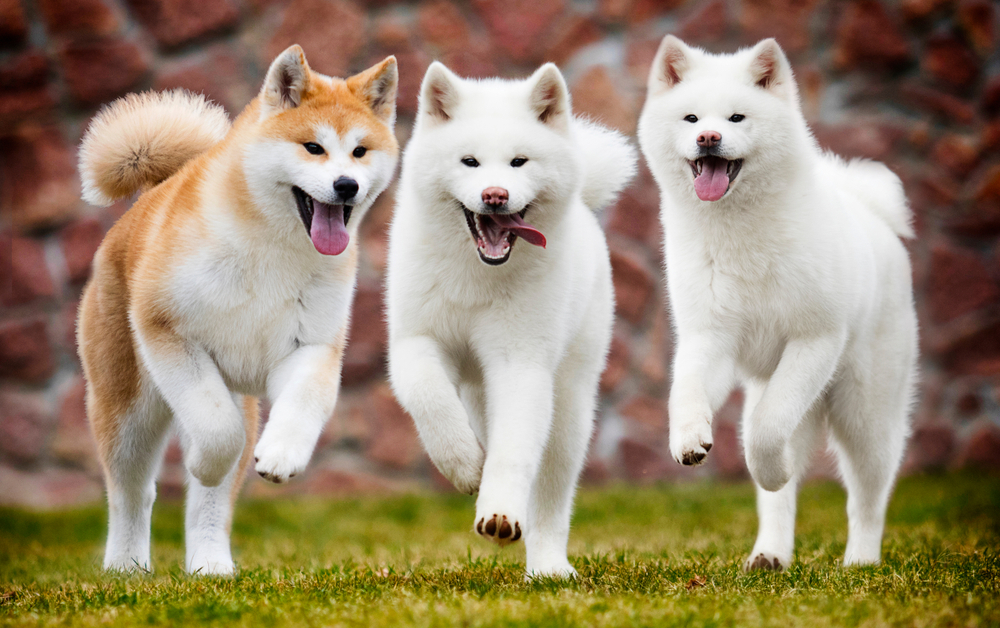
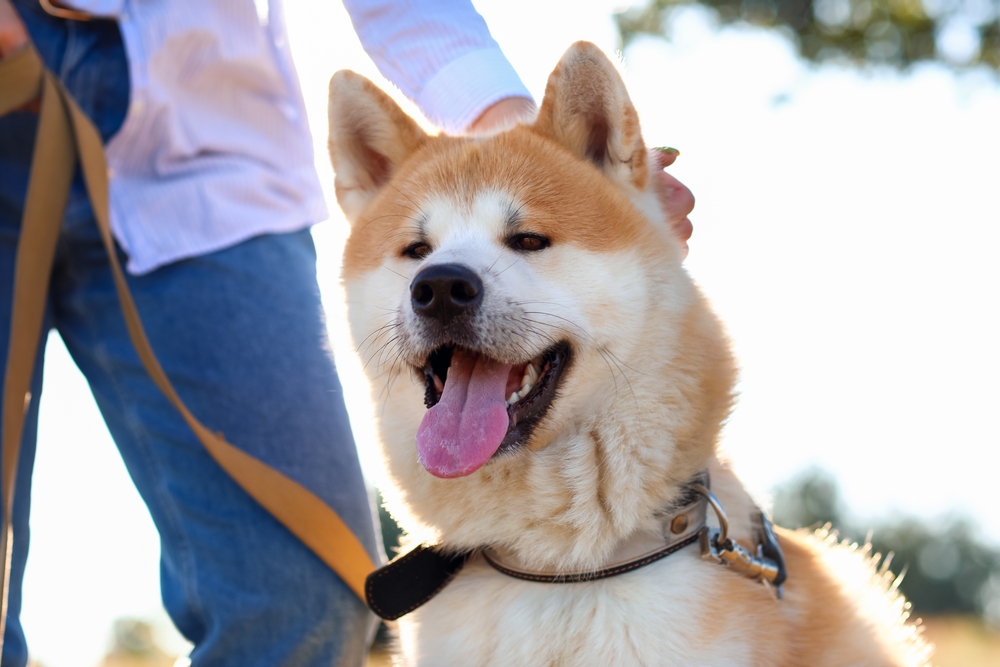
The Importance of Early Socialization
Socialization is a critical aspect of Akita training that cannot be emphasized enough. Exposing your Akita puppy to various environments, people, animals, and experiences during their formative weeks and months will help them develop into well-rounded, confident adults. Early socialization reduces the likelihood of behavioral issues down the road and enhances their ability to adapt to new situations gracefully.
Establishing Leadership
Akitas are naturally dominant dogs, and without strong leadership, they might attempt to assert themselves as the pack leader. As responsible pet owners, it’s essential to establish ourselves as the Alpha, gaining their respect and trust through positive reinforcement and consistent training techniques. Remember, this doesn’t involve harsh punishment but rather a firm, yet gentle approach.

Positive Reinforcement Training
One of the most effective methods for training Akitas is positive reinforcement. This technique involves rewarding desired behaviors with treats, praise, or affection. Positive reinforcement encourages the repetition of positive behaviors, reinforcing the bond between you and your Akita. Be consistent in offering rewards, and soon your furry friend will associate good behavior with positive outcomes.
Basic Commands for Akita Training
1. Sit
Teaching your Akita to sit is the foundation of obedience training. Hold a treat close to their nose and slowly move your hand upwards, prompting them to sit. Once they sit, praise them enthusiastically and offer the treat. Practice this command regularly until it becomes second nature to your Akita.
2. Stay
The “stay” command is crucial for ensuring your Akita’s safety in various situations. Begin by asking your dog to sit, then extend your palm towards them while firmly saying “stay.” Take a step back, and if they stay in position, reward them with praise or treats. Gradually increase the distance and duration of the “stay” command as your Akita becomes more proficient.
3. Come
Recall training is essential for every dog, including Akitas. Use a cheerful tone and their name followed by the command “come.” When they approach you, reward them generously. Practicing this command in a secure, enclosed space is advisable before attempting it in a distracting environment.
4. Leave It
“Akita-proofing” your home involves teaching the “leave it” command. Hold a treat in a closed fist, and when your Akita tries to investigate, say “leave it.” Wait until they stop showing interest, then praise and reward them with a different treat. This command is vital for preventing them from picking up harmful or forbidden items during walks.
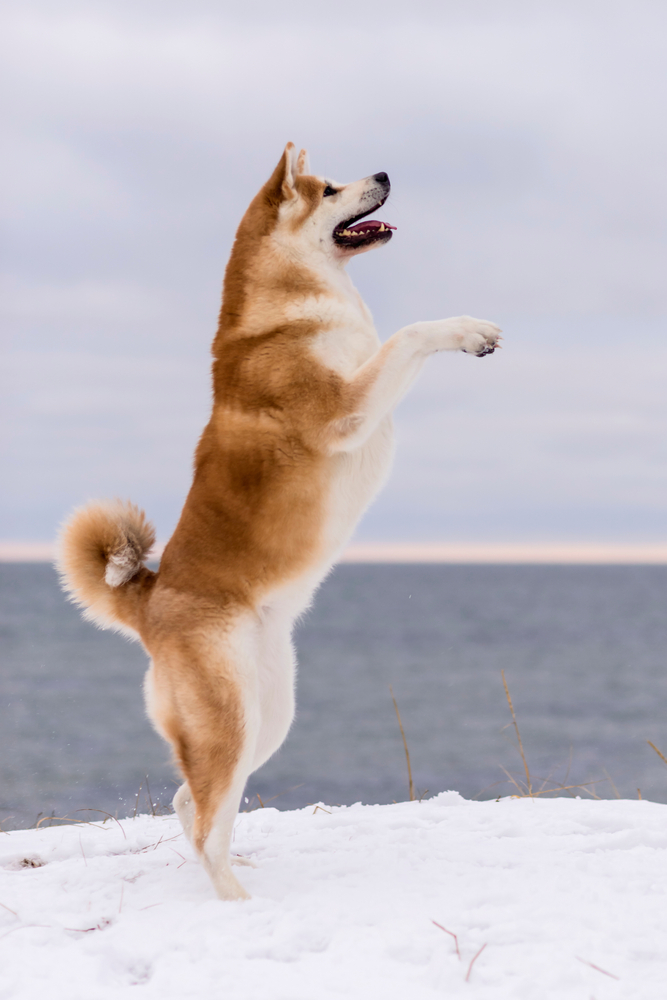

Handling Behavioral Challenges
1. Aggression
Akitas are protective dogs by nature, and sometimes they may display aggression towards other animals or strangers. Early socialization, as mentioned earlier, plays a key role in mitigating this behavior. If aggression persists, consult a professional dog trainer or behaviorist to address the issue promptly.
2. Separation Anxiety
Akitas are known for forming strong attachments to their family members, leading to separation anxiety when left alone for extended periods. To ease this anxiety, gradually acclimate them to alone time by leaving for short intervals and gradually increasing the duration.
Exercise and Mental Stimulation
Akitas are active and intelligent dogs, requiring both physical and mental stimulation. Regular exercise such as long walks, playtime, and interactive games will help them expend energy and prevent boredom-related behavioral problems. Engaging toys and puzzles that challenge their minds are excellent additions to their routine.

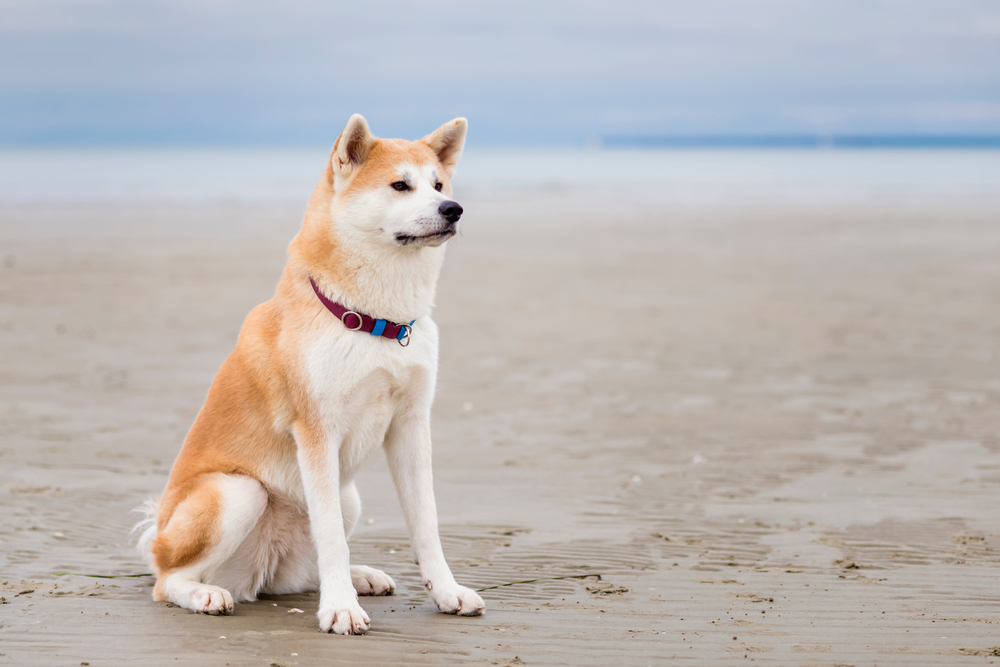
Grooming Tips for Akitas
Akitas have a thick double coat that requires regular grooming to keep it healthy and free of mats. Brush your Akita’s coat at least once a week, and during shedding seasons, increase the frequency to remove loose fur. Additionally, check their ears, trim their nails, and brush their teeth regularly to maintain overall hygiene.
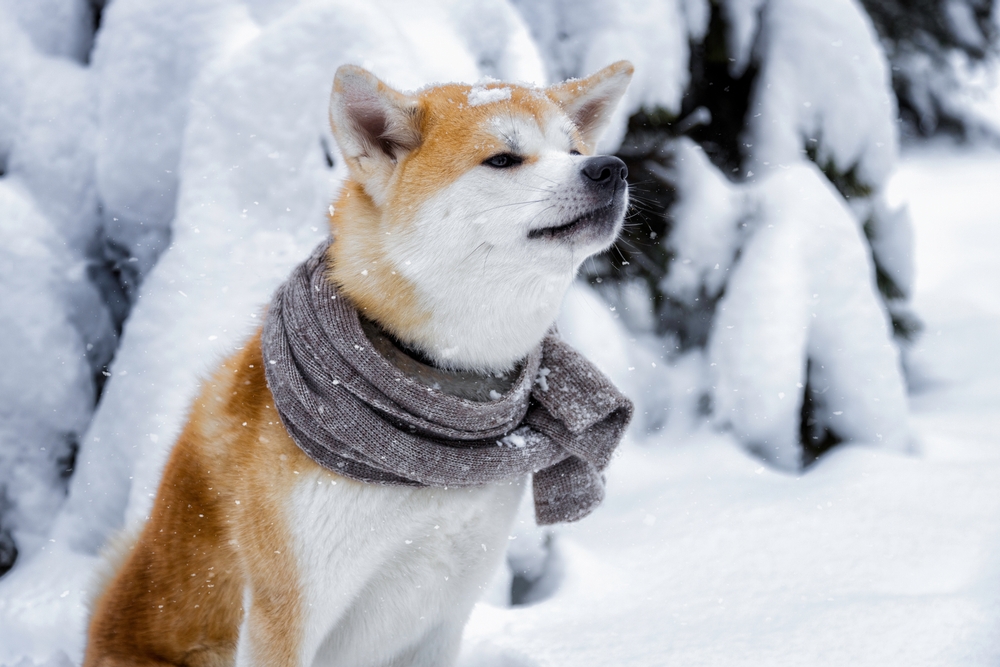
Akita Training and Obedience
Successful Akita training and obedience stem from understanding the breed’s unique characteristics, establishing leadership through positive reinforcement, and consistent training. Early socialization and proper handling of behavioral challenges are key to nurturing a well-behaved and well-adjusted Akita companion. Remember that patience, love, and dedication are essential ingredients for forging a strong bond with your furry friend.